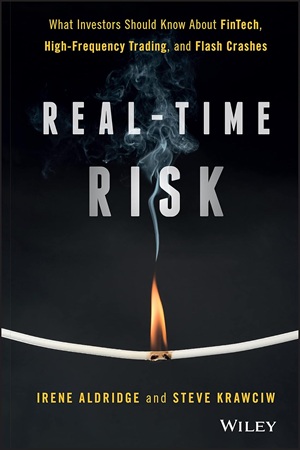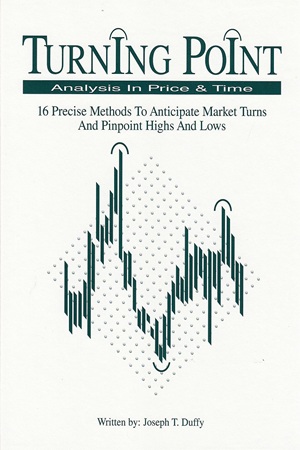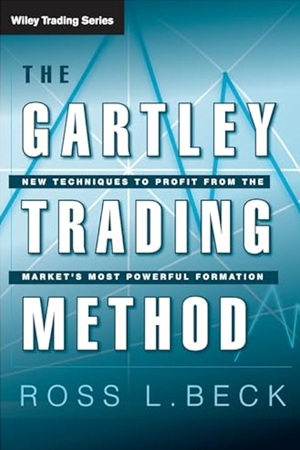Real-Time Risk: What Investors Should Know About FinTech, High-Frequency Trading, and Flash Crashes
20.35 $
- Authors: Irene Aldridge & Steven Krawciw
- Skill Level: Intermediate to Advanced
- Format: PDF,EPUB
- Pages: 213
- Delivery: Instant Download
In today’s financial markets, change happens in microseconds. Traditional risk models, built for slower, more predictable environments, are no longer enough. Real-Time Risk: What Investors Should Know About FinTech, High-Frequency Trading, and Flash Crashes by Irene Aldridge and Steven Krawciw provides an in-depth roadmap for navigating the risks and opportunities of the modern, technology-driven trading landscape.
This comprehensive book explores how innovations like high-frequency trading (HFT), blockchain, big data, cloud computing, and predictive analytics are transforming financial markets. The authors demonstrate how these technologies have disrupted traditional structures, from the dominance of Bloomberg terminals to the rise of alternative trading systems and fintech startups that deliver low-cost, high-speed solutions .
Readers will gain a clear understanding of market microstructure, how aggressive HFT impacts liquidity and volatility, and the mechanics behind sudden market events known as flash crashes . The book also explains how fintech firms monetize innovation through data analytics, workflow automation, trading platforms, and regulatory technology (regtech) .
Drawing from their deep expertise, Aldridge and Krawciw show investors, traders, and risk managers how to use real-time data to identify risks, forecast volatility, and adapt to a market that never sleeps. They emphasize the growing role of data-driven decision-making, the importance of risk-adjusted portfolio optimization, and strategies for protecting capital in an era defined by digital disruption .
Whether you are an institutional investor, a hedge fund manager, or an independent trader, this book equips you with the knowledge to understand fintech innovations, harness the power of real-time analytics, and prepare for the challenges of increasingly automated markets.
✅ What You’ll Learn:
- How fintech is reshaping modern financial services and trading platforms
- The mechanics of high-frequency trading across equities, bonds, FX, and commodities
- How to identify and prepare for flash crashes and extreme market volatility
- The role of big data, blockchain, and predictive analytics in risk management
- Practical strategies for integrating market microstructure insights into investment decisions
- Why venture capital is betting heavily on fintech disruption
💡 Key Benefits:
- Stay ahead of fintech-driven market disruptions
- Understand the risks of HFT and flash crashes in real time
- Learn how to use data and analytics for better risk control
- Improve portfolio stability with microstructure-based strategies
- Gain insights from two seasoned Wall Street experts with 20+ years’ experience
👤 Who This Book Is For:
- Traders and investors seeking to understand and manage the risks of modern markets
- Portfolio managers and risk managers wanting to apply real-time analytics to decision-making
- Financial professionals exploring fintech innovations and their impact on trading
- Academics and students studying finance, economics, or market microstructure
- Anyone interested in the dynamics of high-frequency trading, flash crashes, and fintech-driven disruption
📚 Table of Contents:
Chapter 1: Silicon Valley Is Coming!
- Everyone Is into Fintech
- The Millennials Are Coming
- Social Media
- Mobile
- Cheaper and Faster Technology
- Cloud Computing
- Blockchain
- Fast Analytics
- Real-Time Data Analytics
- End of Chapter Questions
Chapter 2: This Ain’t Your Grandma’s Data
- Data & Risks
- Technology and Blockchain
- Elements of All Blockchains
- Conclusions & Questions
Chapter 3: Dark Pools, Exchanges, and Market Structure
- New Market Hours
- Order Routing
- Large Order Execution
- Transaction Costs & Transparency
Chapter 4: Who Is Front-Running You?
- Spoofing & Flaky Liquidity
- Order-Based Negotiations
Chapter 5: High-Frequency Trading in Your Backyard
- Implications of Aggressive HFT
- HFT in Equities, Treasuries, Commodities, FX
Chapter 6: Flash Crashes
- What Happens During Flash Crashes?
- Detecting Crash-Prone Conditions
- Are HFTs Responsible?
Chapter 7: The Analysis of News
- Delivery of News
- Preannouncement Risk
- Data & Methodology
Chapter 8: Social Media and the Internet of Things
- Social Media Impact
- IoT Data in Finance
Chapter 9: Market Volatility in the Age of FinTech
- Predictive Analytics
- Volatility & Microstructure
- Case Study: Currencies
- Portfolio Optimization
Chapter 10: Why Venture Capitalists Are Betting on FinTech
- Opportunities for Disruption
- Data & Analytics in FinTech
- RegTech & Capital Management
- Execution Technologies
- The Investment Case for FinTech
| Author(s) | Irene Aldridge, Steven Krawciw |
|---|---|
| Format | PDF, EPUB |
| Pages | 213 |
| Published Date | 2017 |







